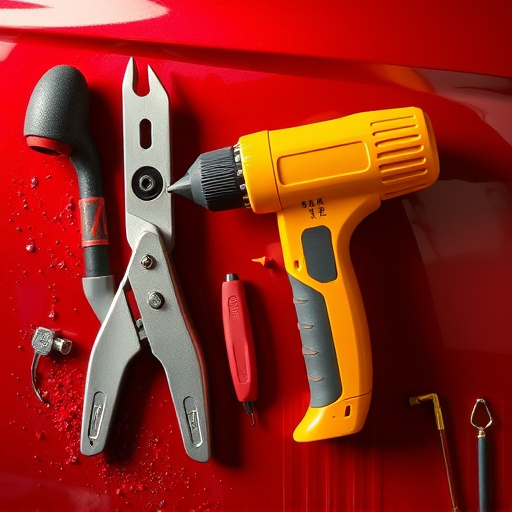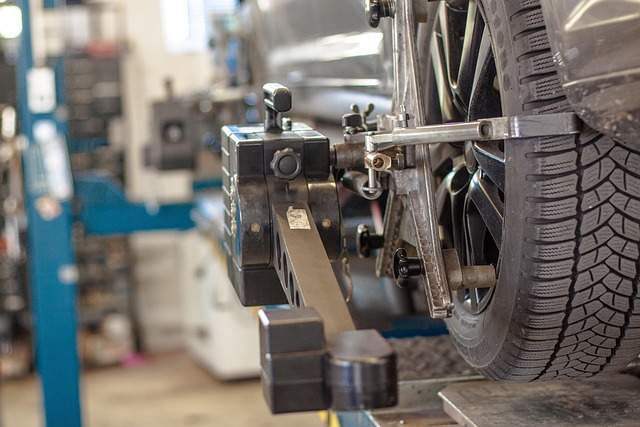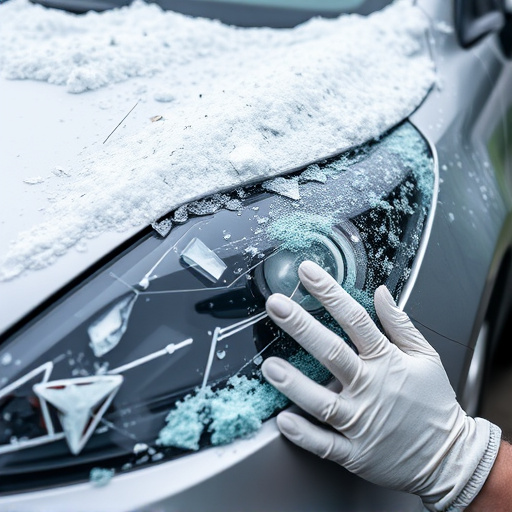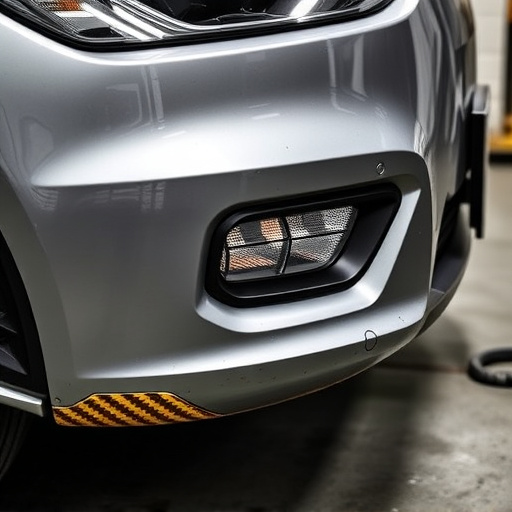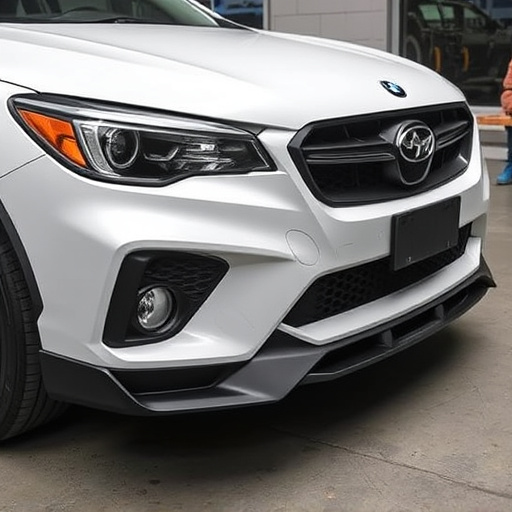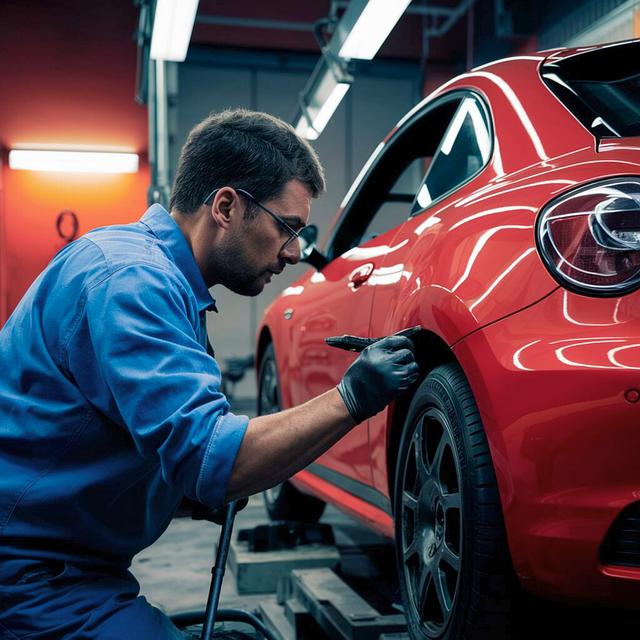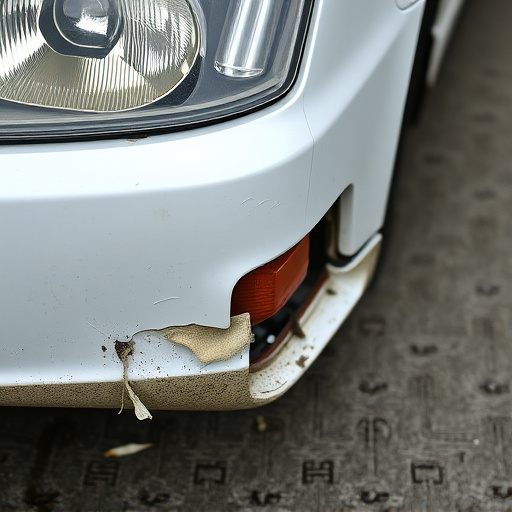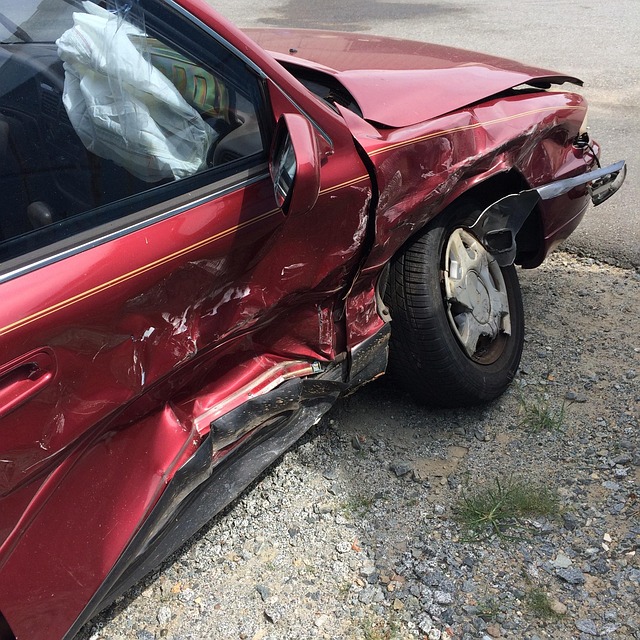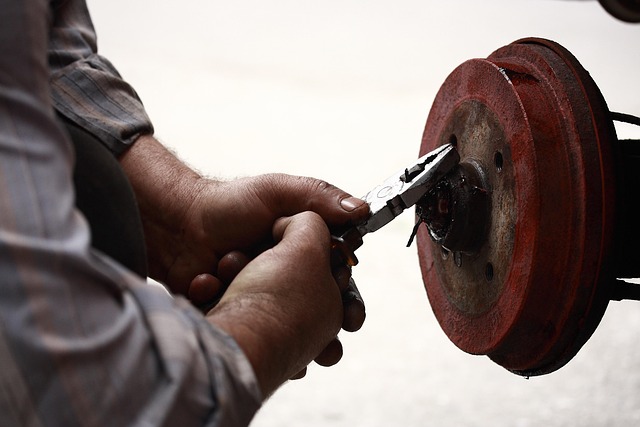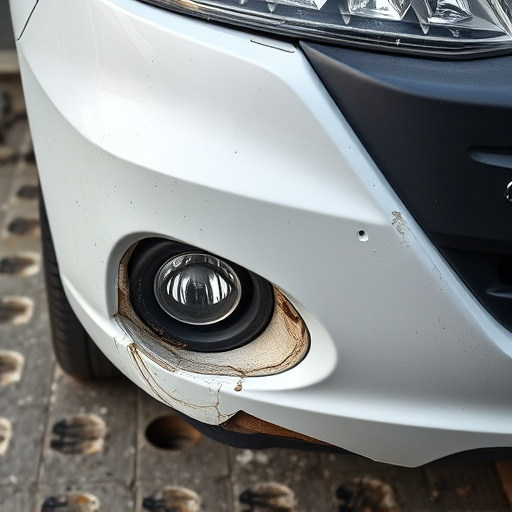Paintless dent repair (PDR) is a cutting-edge auto bodywork technique that avoids damaging the existing paint job by using specialized tools to access and manipulate metal, carefully removing dents. Its cost-effectiveness – significantly lower than traditional methods – makes it an attractive option for vehicle owners and repair shops seeking efficient, high-quality car repair services at competitive prices. The cost varies based on dent size, location, surrounding paint condition, and technician expertise. While PDR remains popular for minor dents due to its affordability, modern car designs and complex dents pose new challenges to its effectiveness.
Is paintless dent repair (PDR) still a worthwhile investment for car owners? This comprehensive guide delves into the world of PDR, exploring its benefits and costs. We break down the process, dissecting the factors that influence pricing to help you make an informed decision. In today’s market, understanding PDR cost is crucial before choosing this repair method over traditional painting. By the end, you’ll weigh the pros and cons, determining if PDR is still a viable and cost-effective option for your vehicle’s dents.
- Understanding Paintless Dent Repair: The Basics and Process
- Factors Affecting Paintless Dent Repair Cost: A Detailed Breakdown
- Weighing the Benefits: Is Paintless Dent Repair Still a Viable Option?
Understanding Paintless Dent Repair: The Basics and Process

Paintless dent repair (PDR) is a cutting-edge technique revolutionizing auto bodywork. Unlike traditional methods that involve sanding and repainting, PDR aims to restore damaged vehicles back to their original condition without disturbing the existing paint job. This non-invasive process starts with highly skilled technicians using specialized tools to access and manipulate the dented area from the surface. By carefully pushing and pulling the metal, they gradually remove the dent until the panel is smooth again.
The appeal of PDR lies in its cost-effectiveness compared to conventional auto body repairs. Since it minimizes the need for new paint and labor, paintless dent repair cost can be significantly lower than traditional methods. This makes it an attractive option for both vehicle owners and auto repair shops looking to offer efficient, high-quality car repair services while maintaining a competitive price point in the market.
Factors Affecting Paintless Dent Repair Cost: A Detailed Breakdown
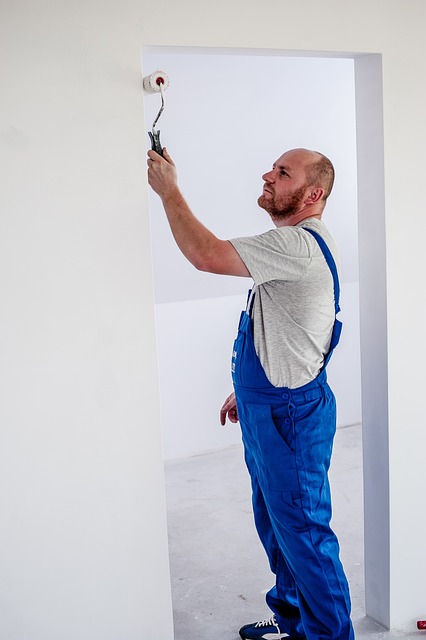
The cost of paintless dent repair (PDR) can vary greatly depending on several factors. One key element is the size and severity of the dent; larger or deeper dents will generally require more time and materials, thus increasing the PDR cost. The location of the dent on the vehicle body also plays a role; access to the damage might be difficult in some areas, making the repair process more complex and expensive.
Additionally, the condition of the paintwork surrounding the dent can impact the overall cost. If the paint is cracked or chipped, it may need to be completely stripped and re-applied, adding substantial time and material costs, which are reflected in the final price for collision repair. The experience and expertise of the technician also factor into the equation; professionals with advanced training in auto frame repair can charge premium rates for their services.
Weighing the Benefits: Is Paintless Dent Repair Still a Viable Option?

Paintless dent repair has long been a preferred method for fixing minor car dents and scratches, appealing to both vehicle owners and professional car repair services alike. While traditional paint and repaint methods can be costly and time-consuming, paintless dent repair offers a more affordable alternative. This process involves using specialized tools and techniques to gently push the dented area back into its original shape without damaging the surrounding paintwork or requiring a complete repaint job.
However, as car models become more complex and modern materials introduce new challenges, some question if paintless dent repair is still the viable option it once was. Despite advancements in technology and techniques, there are limitations, especially with deep or intricate dents. Moreover, for older vehicles with delicate finishes, achieving a seamless finish can be difficult. Yet, for minor dents and scratches, paintless dent repair cost remains competitive compared to traditional methods, making it an attractive solution for both car owners and professional car dent repair services looking to offer efficient, high-quality repairs.
While paintless dent repair cost can vary, its benefits remain compelling. This non-invasive method offers a cost-effective and time-saving alternative to traditional auto body repairs. Understanding the factors influencing pricing allows informed decisions. Given the precision and minimal disruption, paintless dent repair continues to be a viable option for those seeking quality, efficient, and affordable vehicle restoration.
